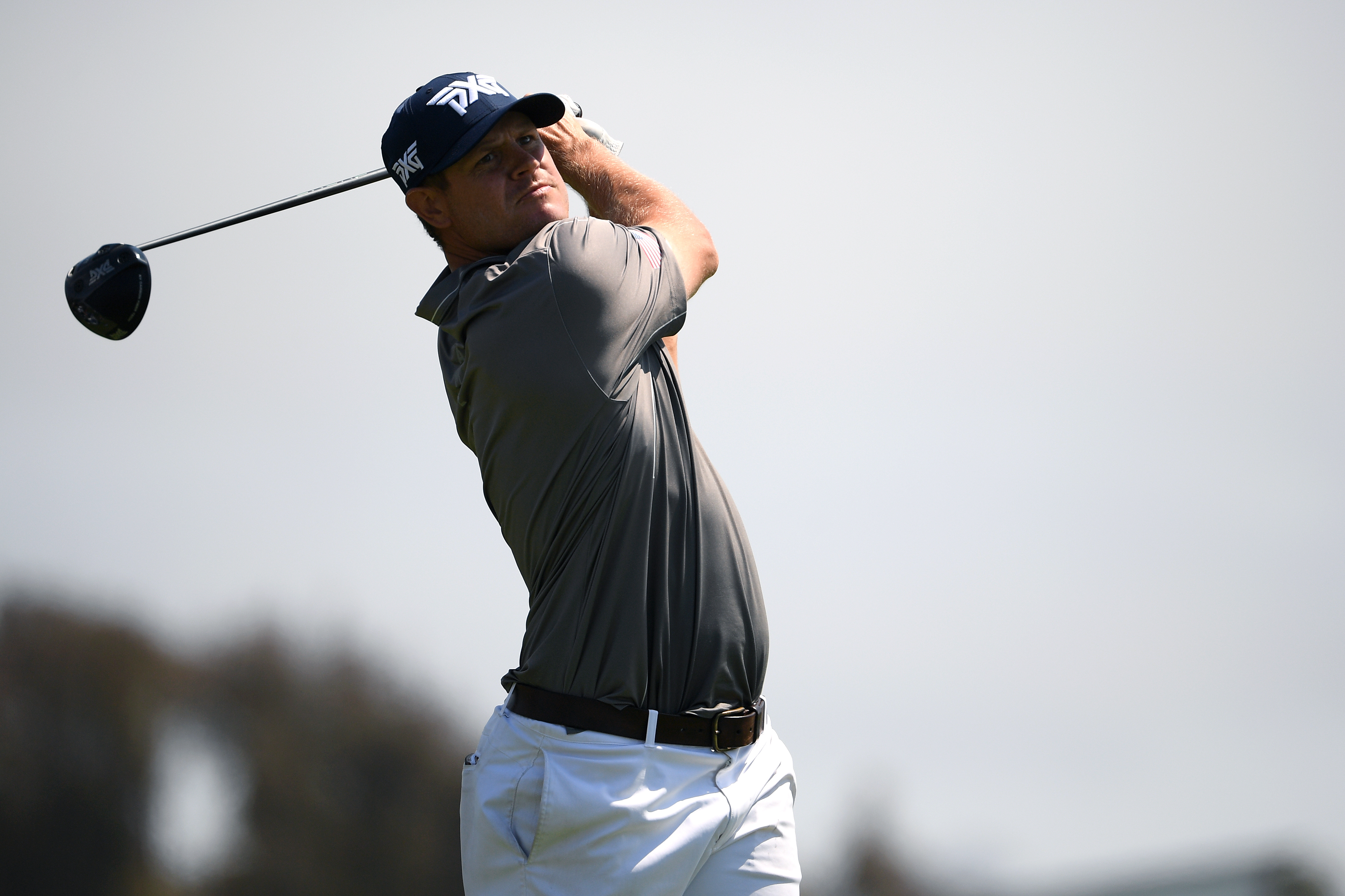SAN DIEGO – Bryson DeChambeau dominated the 120th U.S. Open at Winged Foot Golf Club. He proved a worthy winner, but there always will be an asterisk of sorts for one reason – and it has nothing to do with the lack of spectators.
The 2020 edition was the U.S. Closed. Both stages of qualifying were canceled last year due to the pandemic. Qualifying is a cherished part of what makes the Open the Open. Nine months later, the world is in a very different place and so the USGA accepted 9,069 entries to this year’s national championship, the eighth-highest total in U.S. Open history. Entries arrived from all 50 states, the District of Columbia and 70 foreign countries. Allow Jeff Hall, the USGA’s managing director of rules and Opens, to explain its importance:
“The openness of this championship is what truly sets it apart from all others,” he said. “It provides great inspiration to golfers around the world. It’s a championship for many that starts with a dream. Who here at one point in their golf career early on practiced as a teenager waiting for mom and dad to pick you up, hit that 5-foot putt as darkness is coming down, the dwindling daylight, stating quietly, not so everybody could hear but just so you could hear, ‘This is for the U.S. Open.’ Guilty. Didn’t quite work out…”If you’ve got the ability, if you’ve got the game, the U.S. Open empowers you to pursue your dream.”

Kyle Westmoreland plays a shot from a bunker on the 13th hole during a practice round of the U.S. Open golf tournament at Torrey Pines. Photo by Orlando Ramirez-USA TODAY Sports
The 156-player field includes 88 fully exempt golfers, which is too many, in my humble opinion, and in conflict with its reputation of being the most democratic championship. But that’s a story for another day. This year there were 108 local qualifying sites between April 26-May 17 that led to 11 final qualifiers, including an international site in Japan.
It’s immaterial that Ken Venturi (1964) and Orville Moody (1969) are the only players to win the U.S. Open after qualifying through both local and final play. These are dollar and a dream stories, and this year 19 U.S. Open qualifiers advanced through both local and final qualifying. Christopher Crawford, who has competed on several professional circuits, including the newly created Forme Tour, did it the hard way for the third time. Likewise, Captain Kyle Westmoreland booked his debut becoming the first Air Force Academy graduate to compete in the U.S. Open and the first to play in one of golf’s four major championships.
“Everyone wants to play in the U.S. Open, it’s, you know, it’s arguably the hardest, some say the hardest major to get into,” Westmoreland said.
The 29-year-old touring pro put his professional aspirations on hold for five years while serving his country and advanced through local qualifying at Columbia Country Club in Blythewood, South Carolina—where he was medalist by two strokes (69)—and final qualifying at Dallas Athletic Club to earn his first U.S. Open start. The native Texan posted five victories collegiately at the Air Force Academy, and has made five starts on the Korn Ferry Tour and two on the PGA Tour.
But nothing compares to this.
Westmoreland qualified after shooting a seven-under-par 135, tying him for fourth overall at the Dallas qualifier. After an opening round 72 (+2) on the Blue Course, Westmoreland rallied to shoot 9-under 63 on the par 72 Gold Course, including a front-nine six-under 29.
Torrential storms forced the qualifier to extend to Tuesday and during one of the rain delays Westmoreland heard from none other than PGA Tour winner Billy Hurley, a graduate of the Naval Academy. They are friends and frequent competitors back home in Charleston at Daniel Island Club despite the inter-service rivalry. Hurley’s best advice to Westmoreland on what he needs to do to make the leap to the PGA Tour? “He said, ‘Figure out what you’re good at and get really good at it,’ ” Westmoreland said.
For Westmoreland, that means taking advantage of his prodigious length. He was blessed with speed, and he’s worked with Alan Terrell, who coached Dustin Johnson at Coastal Carolina, and Jeff Smith, who has a large stable of Tour pros, on reigning in his swing just a bit. But not too much.
“I swing hard,” Westmoreland said.
Westmoreland may be one of the longshots at Torrey Pines but military men have made their mark at the U.S. Open before. Lee Trevino, a former Marine, won the title in 1968, and the Army veteran nicknamed Sarge, Orville Moody, claimed the title a year later. Westmoreland’s dream was deferred five years but he’s made it to his first major before 30 and says he’s better for it.
“I’m in a better mental headspace,” he said. “I know who I am now and what my priorities are. And, you know, kind of have a foundation built that I wouldn’t have had had I not been in the military.”
Lessons learned in the military have given Westmoreland a blueprint for success that he is attempting to apply to golf. “Just like in the military, you have a goal you want to work towards and you figure out how you’re going to do it, how you’re going to perfect it and then you go for it,” he said.
For men like Captain Westmoreland who have clawed their way into the field at one of the most prestigious championships in golf, this week is about dreams coming true, of a lifetime of hard work, of perseverance paying off. And it’s why the U.S. Open being a true open again is another welcome sign that life is returning to something resembling normal. It can rightfully be call the “people’s championship” once more.

